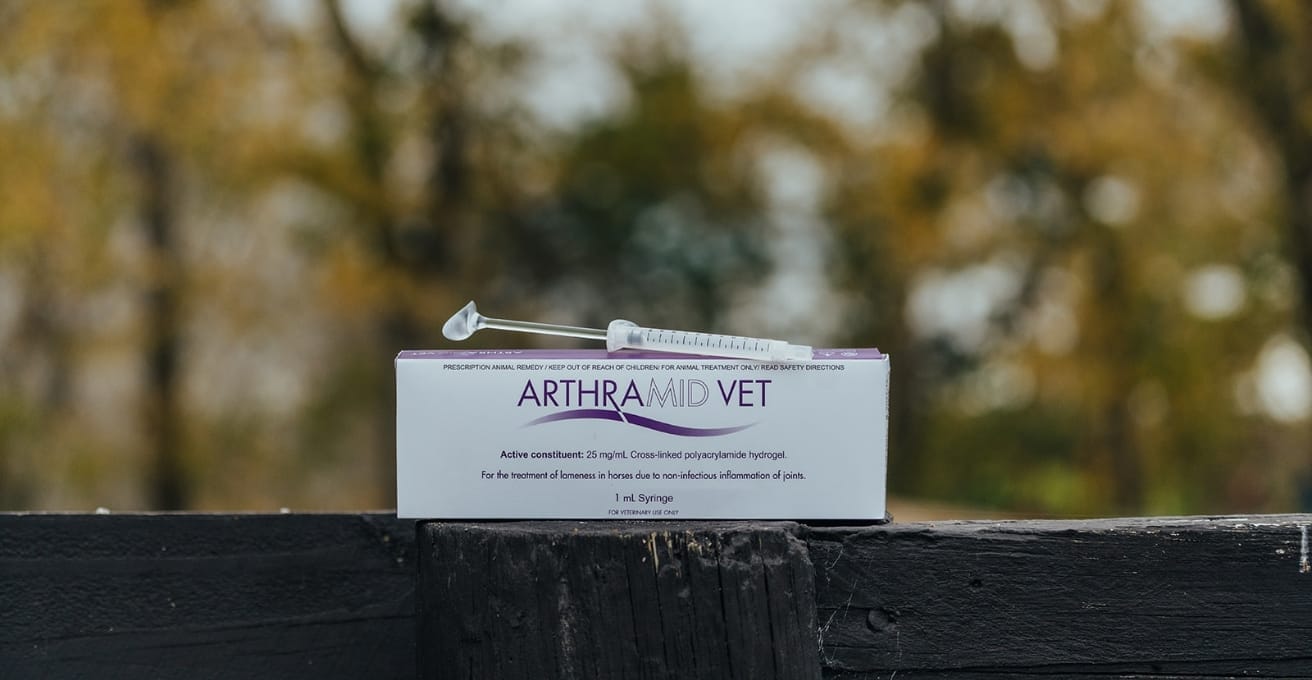Does Anyone Still Think 2.5% iPAAG Is Neurotoxic? The Science Says Otherwise.
In the world of veterinary and human medicine, few innovations have been as rigorously tested, and perhaps misunderstood, as 2.5% cross-linked polyacrylamide hydrogel (2.5% iPAAG). Despite its proven safety profile, some continue to question its neurotoxicity. Let’s be clear: there is zero scientific evidence to support this claim. In fact, the data overwhelmingly demonstrate the opposite.
In Vitro Evidence: No Neurotoxicity Detected
A recent peer-reviewed study by Walmod et al. (2024) investigated the neurotoxic potential of 2.5% iPAAG using human iPSC-derived GlutaNeurons. These neurons were exposed to the hydrogel for up to 96 hours, with endpoints including cell survival, apoptosis (via cleaved Caspase-3), and neurite network integrity.
The results? Across all concentrations and time points, 2.5% iPAAG showed no statistically significant effects on cell viability, apoptosis, or neurite network formation. In contrast, known neurotoxins like acrylamide and A23187 caused marked cell death and neurite degradation. The conclusion was unequivocal: 2.5% iPAAG is not neurotoxic.
In Vivo and Histological Safety
The Arthramid® White Paper (2019) further reinforces this conclusion with extensive in vivo and in vitro safety data. Studies in horses, goats, and other species have shown that 2.5% iPAAG integrates safely into synovial tissue without triggering inflammation, cytotoxicity, or neurotoxicity—even at doses up to 5× the recommended amount.
Histological studies revealed no evidence of nerve damage, inflammation, or adverse immune response. Instead, the hydrogel supports tissue integration and synovial rejuvenation, improving joint function and reducing pain.
Manufacturing Matters
Critics often cite acrylamide monomers as a concern. But here’s the science: during manufacturing, 2.5% iPAAG undergoes a stringent polymerization and purification process that removes residual monomers to levels below 1.5 mg/kg – well within global safety thresholds. The final product is a stable, inert hydrogel composed of 97.5% sterile water and 2.5% cross-linked polyacrylamide. It is chemically incapable of exerting neurotoxic effects.
The Verdict
The claim that 2.5% iPAAG is neurotoxic is not only scientifically unfounded, it’s disrespectful to the decades of research, regulatory scrutiny, and clinical success behind this product. From rigorous in vitro assays to long-term in vivo studies, the evidence is clear: 2.5% iPAAG is safe, effective, and here to stay.
If you’re still questioning its safety, it’s time to catch up with the science.
Find the abstract of this research here: https://www.frontiersin.org/journals/toxicology/articles/10.3389/ftox.2025.1585430/full


